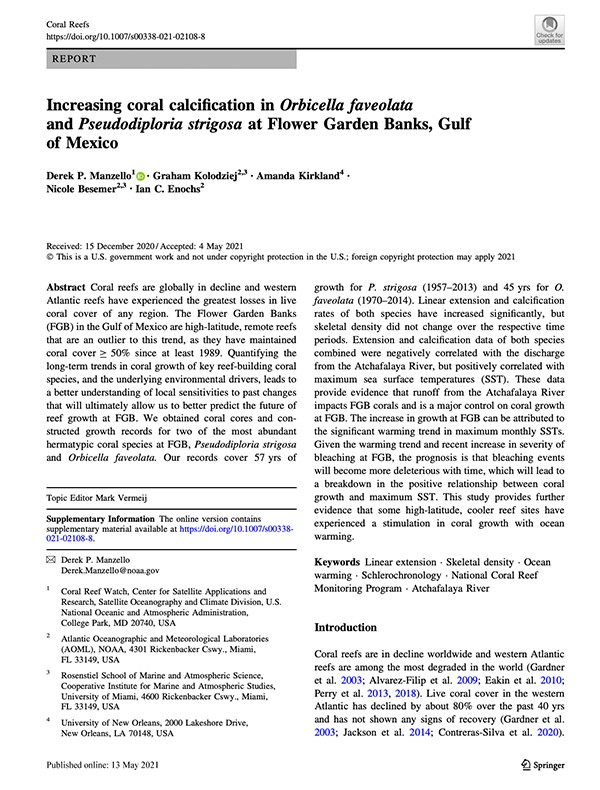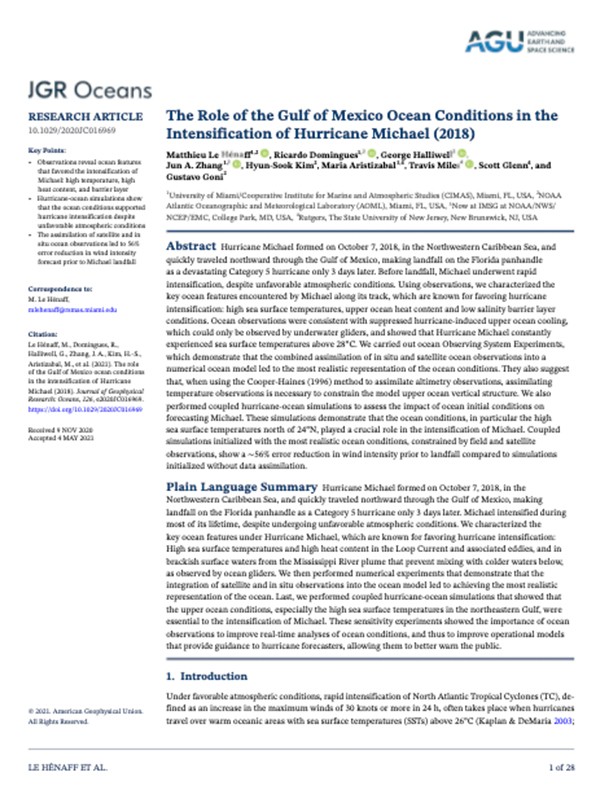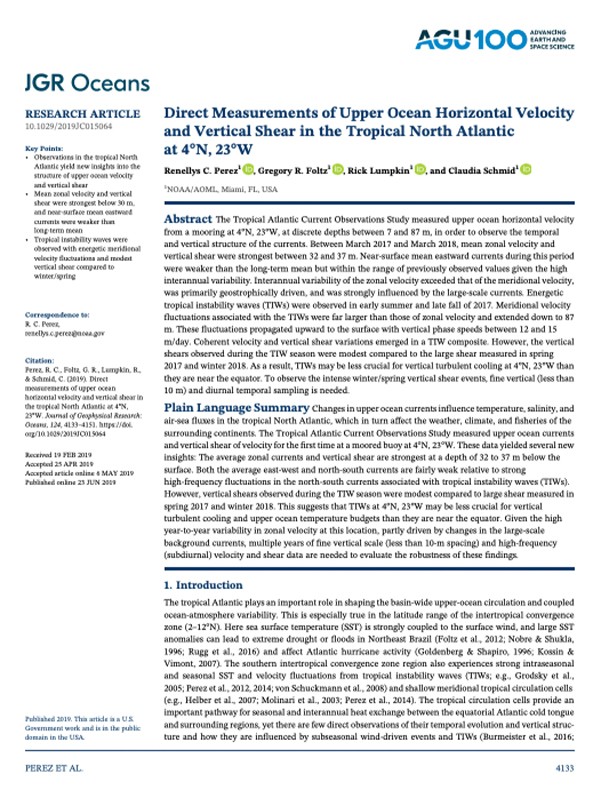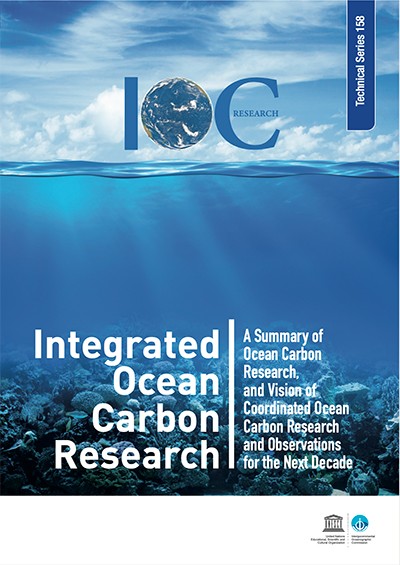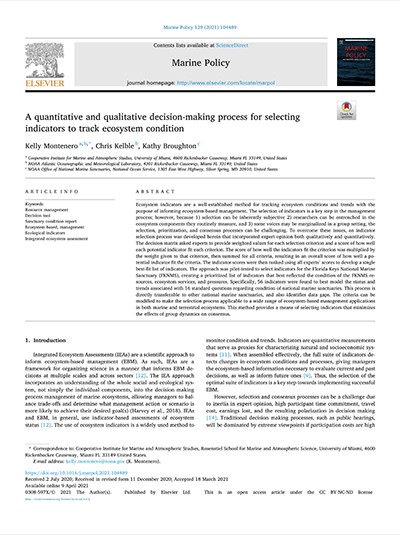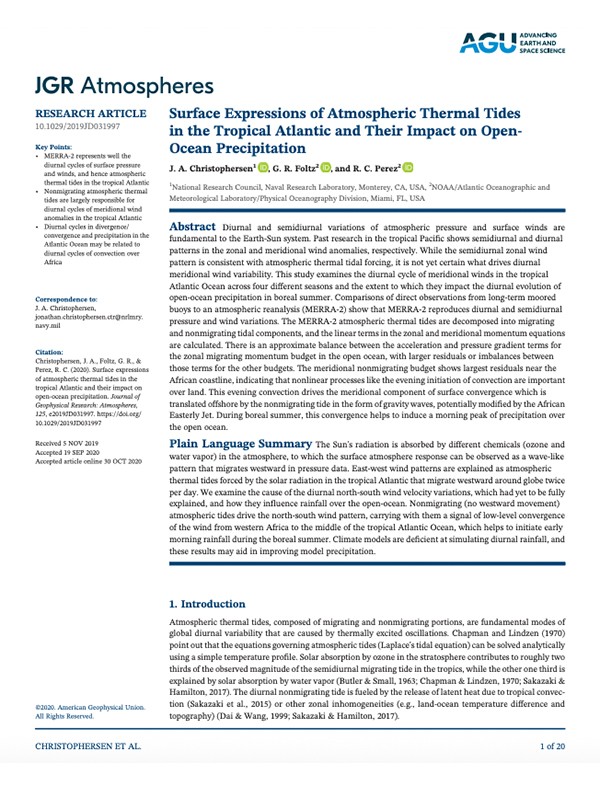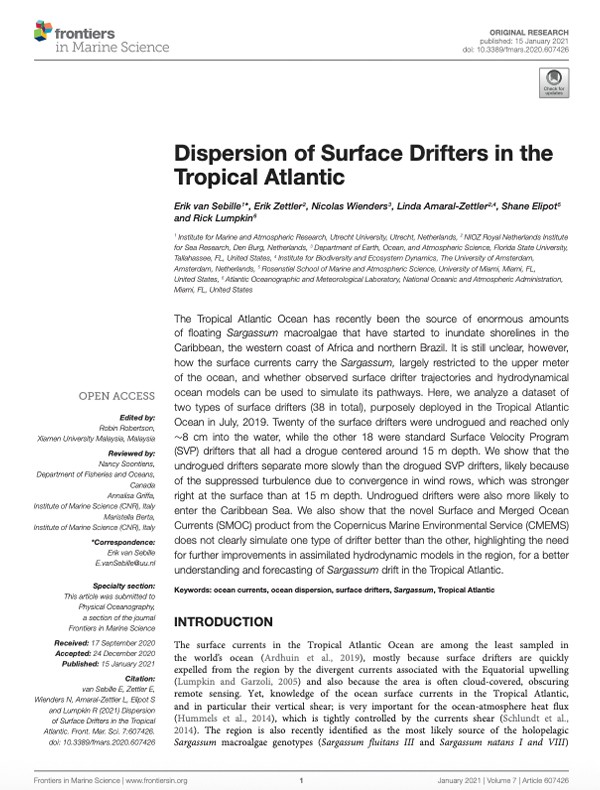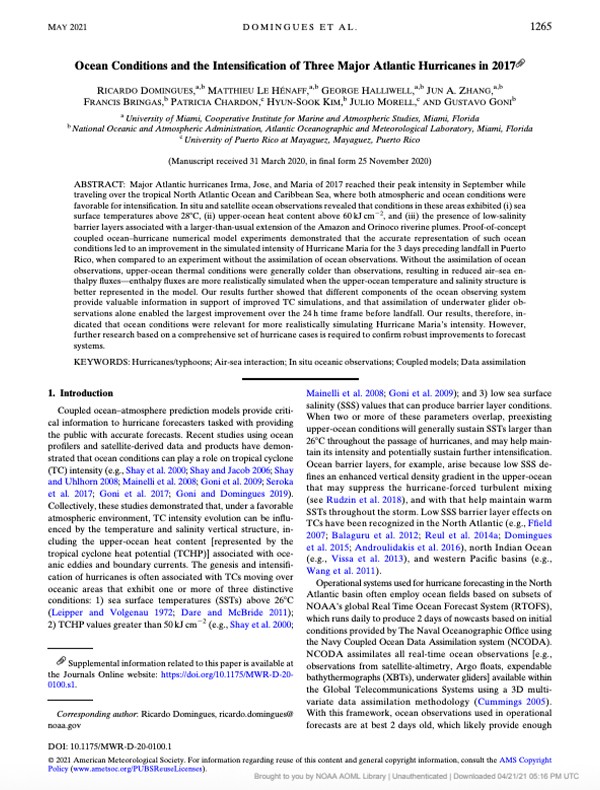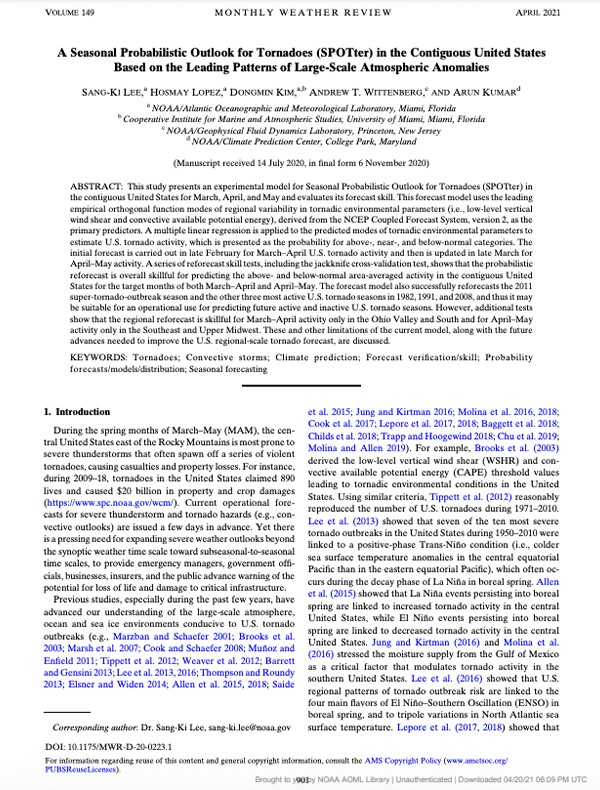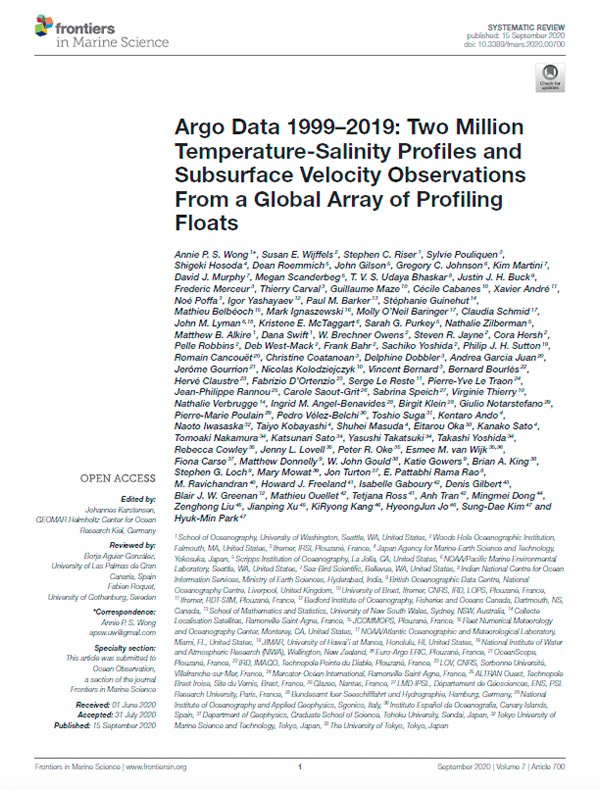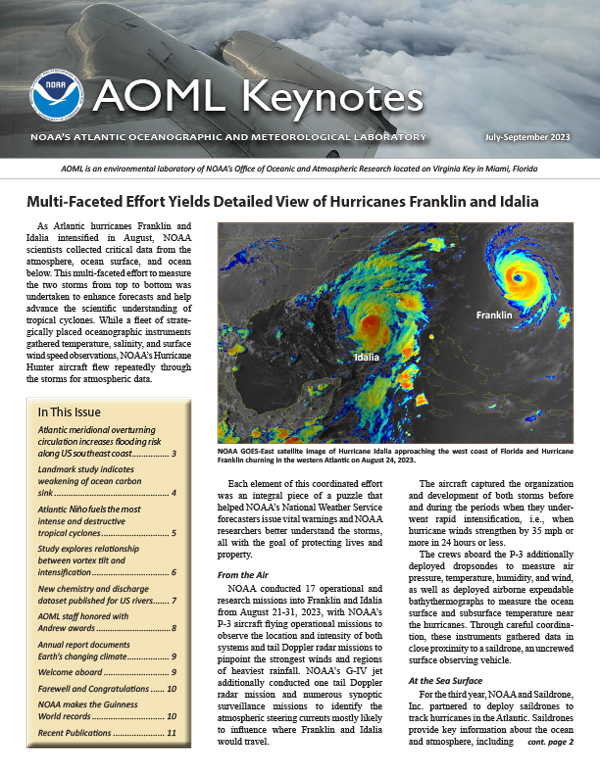Increasing coral calcification in Orbicella faveolata and Pseudodiploria strigosa at Flower Garden Banks, Gulf of Mexico
Manzello, D. P., Kolodziej, G., Kirkland, A., Besemer, N., & Enochs, I. C. (2021). Increasing coral calcification in Orbicella faveolata and Pseudodiploria strigosa at Flower Garden Banks, Gulf of Mexico. Coral Reefs, 1-15.
Abstract: Coral reefs are globally in decline and western Atlantic reefs have experienced the greatest losses in live coral cover of any region. The Flower Garden Banks (FGB) in the Gulf of Mexico are high-latitude, remote reefs that are an outlier to this trend, as they have maintained coral cover ≥ 50% since at least 1989. Quantifying the long-term trends in coral growth of key reef-building coral species, and the underlying environmental drivers, leads to a better understanding of local sensitivities to past changes that will ultimately allow us to better predict the future of reef growth at FGB. We obtained coral cores and constructed growth records for two of the most abundant hermatypic coral species at FGB, Pseudodiploria strigosa and Orbicella faveolata. Our records cover 57 yrs of growth for P. strigosa (1957–2013) and 45 yrs for O. faveolata (1970–2014)…
Read Full Paper.
